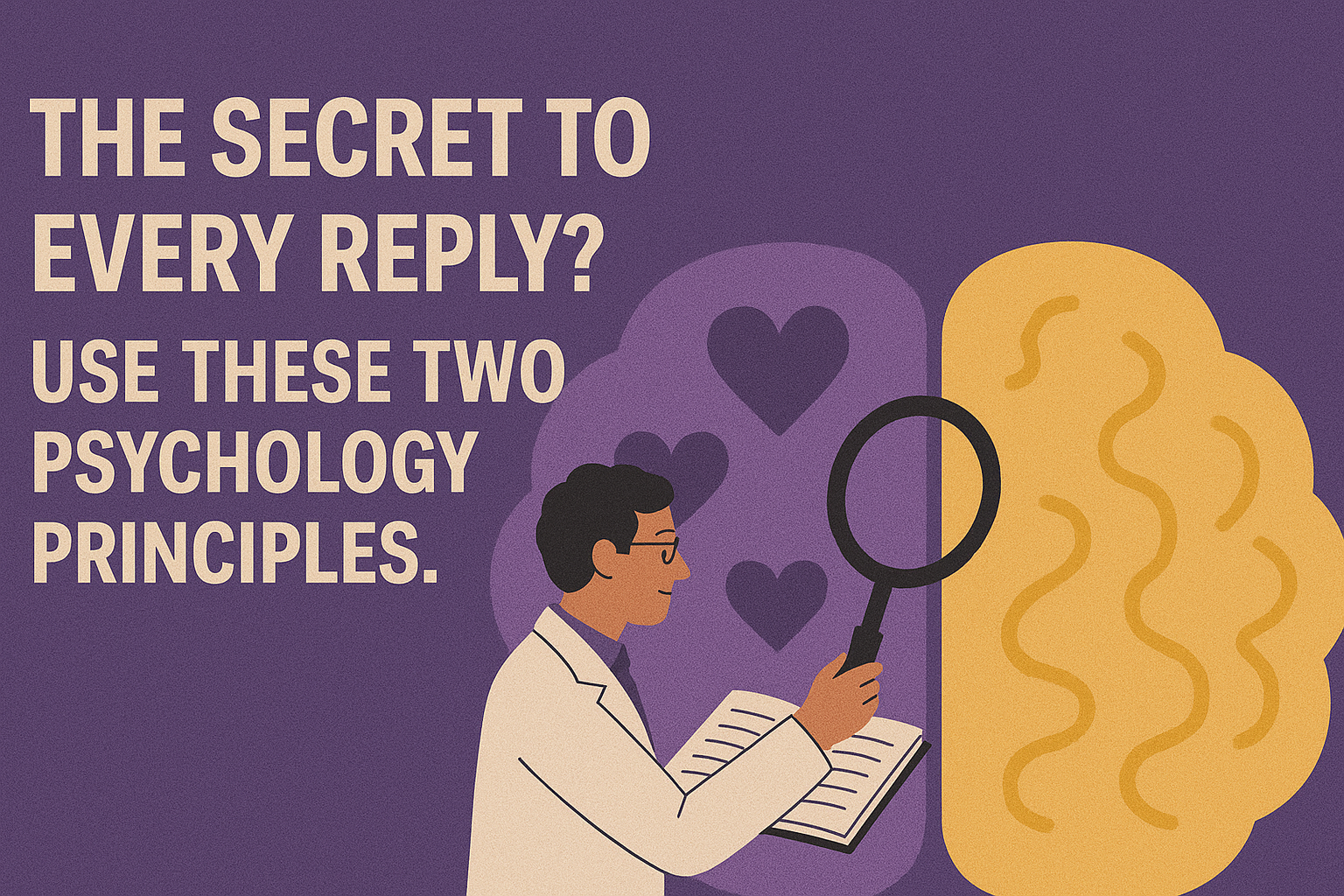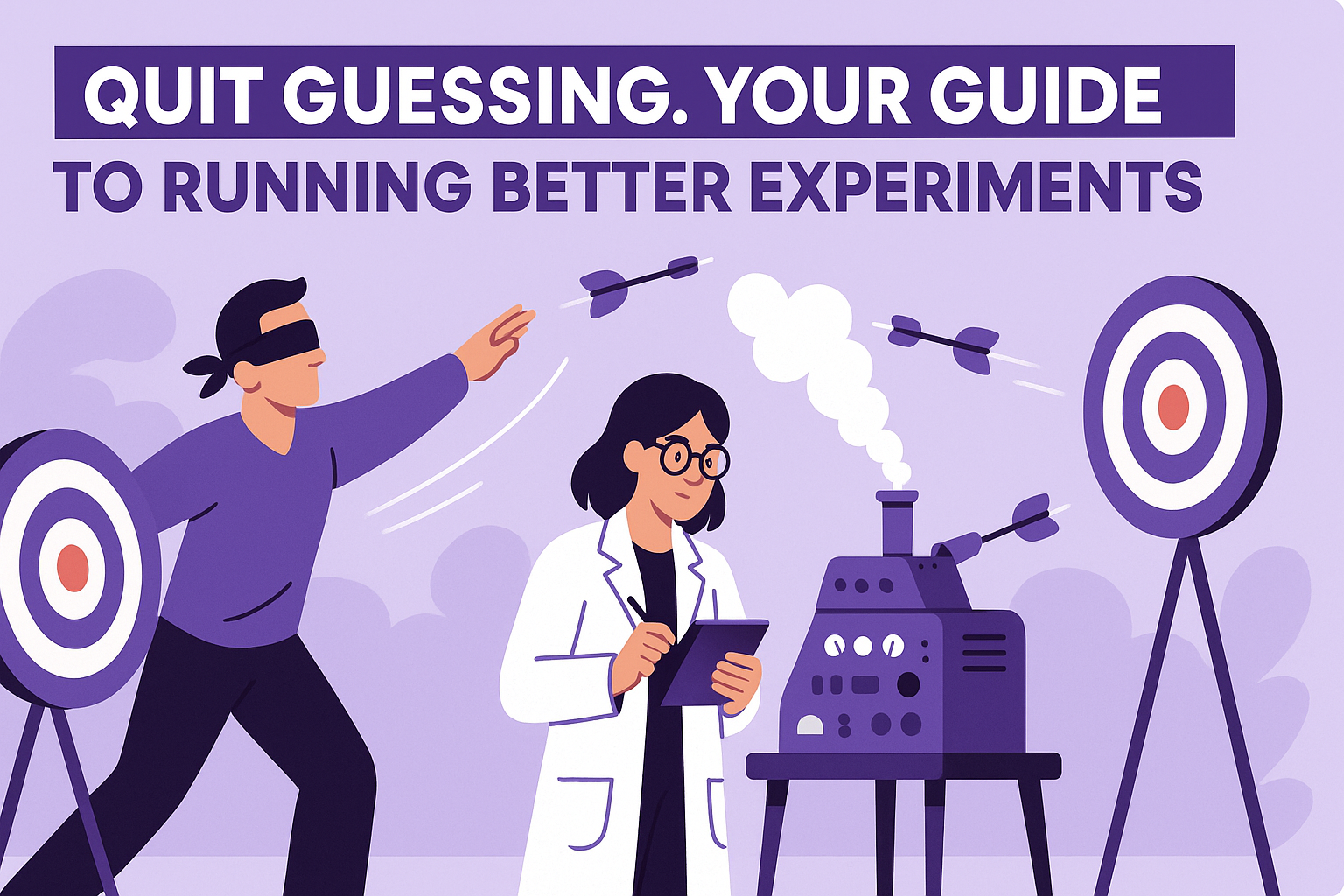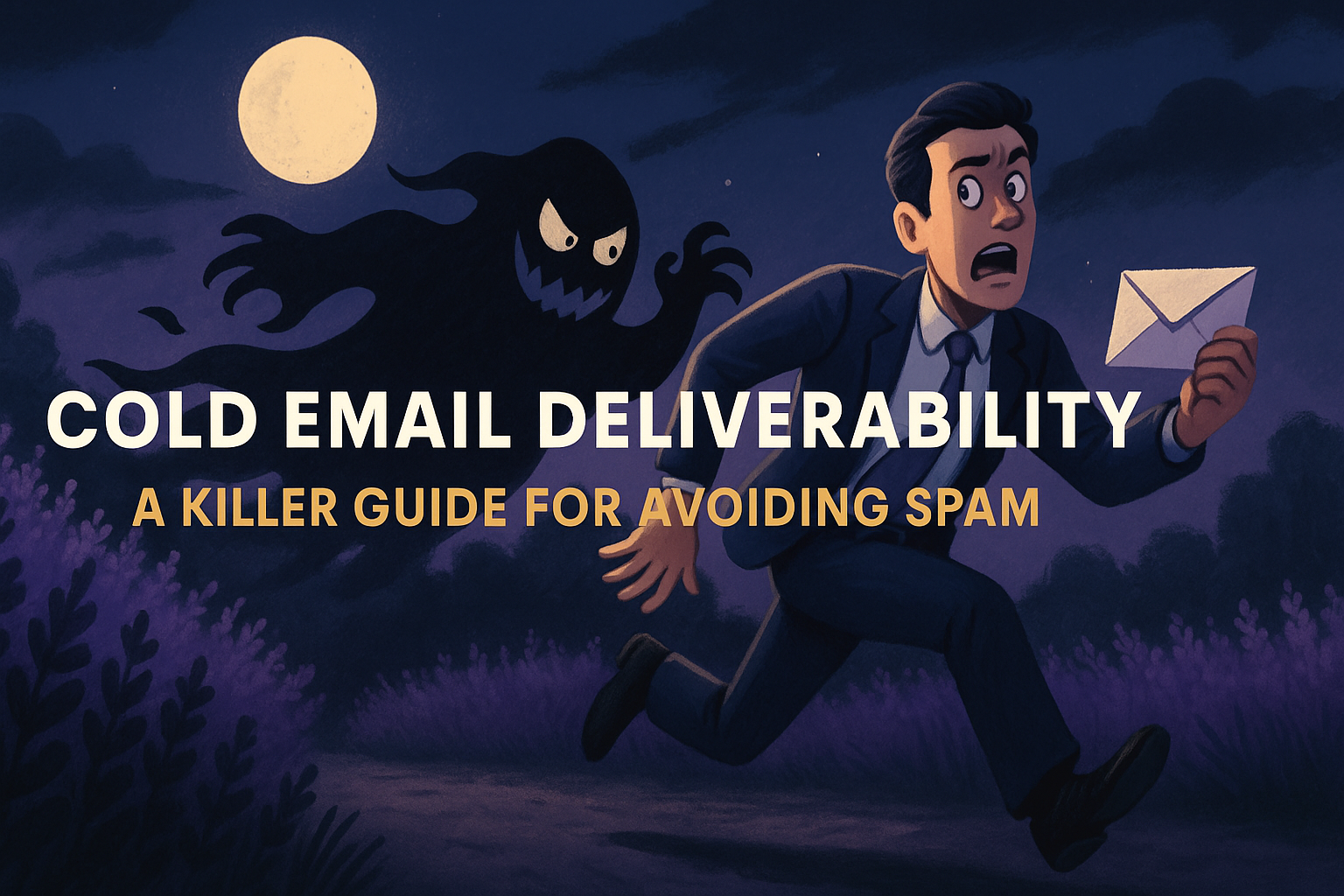The One-Idea Rule
Clear is kind. Clarity is also how you write emails that get replies. Use this rule to increase your writing clarity and get results.

We’re not big fans of rules when it comes to email.
Instead, we use data to inform what works and what doesn’t.
Data, markets, and people continually evolve. Having hard and fast rules can be tricky when emails need to adapt.
Well, we kinda broke our own rule not to have rules.
But it’s simple. And it’s effective. It’s the one-idea rule.
The one-idea rule is this:
- One idea per email
- One idea per paragraph
- One idea per sentence
It means that every email you send focuses on a single idea supported by paragraphs, each expressing a single idea. And those paragraphs are made up of sentences that are also each one idea.
Everything feeds into the one-idea rule. Every piece of the email is made of one idea.
Why the One-Idea Rule Works
The one-idea rule makes it easy to write clearly. And clarity is the primary focus when writing emails.
Our brains only have so much energy. In psychology, this is called cognitive load. It refers to the amount of working memory our brains use.
As humans, we naturally try to function as efficiently as possible for this reason. The clearer and more direct your email is, the lighter the cognitive load on your reader. And therefore, the more likely your email is to be opened, read, and receive a reply.
Our data agree with this. But more on that later.
The one-idea rule helps create clarity. It also means you shouldn’t use commas in your emails.
Why You Should Stop Using Commas in Cold Email
Commas conjoin ideas. They break the one-idea rule.
The rule ensures clarity. And if your sentence is long enough to require a breath (a comma), it’s likely too long and unclear for email.
If you’re using a comma, the two ideas can likely exist as two individual sentences.
Writing this way might seem too simple or too choppy. If it does, you’re right on track.
This is because people don’t read emails. They skim them.
Litmus research shows that users spend an average of 9 seconds with your emails.
Short, choppy sentences are easier to skim.
How the Rule Impacts Cold Email Replies
The one-idea rule isn’t only for clarity. It’ll also bring improvements to your reply rates.
Most emails are written beyond a 10th-grade reading level.
The predicted reading level of one’s writing is calculated by counting syllables. If there are more syllables in a sentence, it will score as more complicated.
A lack of commas helps bring emails closer to a 3rd to 5th-grade reading level. Because the sentences are shorter, the content is clearer and more straightforward overall.
Emails written at that 3rd to 5th-grade level see over 67% more replies, according to our email data.
Writing emails without commas may feel weird at first. You’re changing how you’re accustomed to writing.
But how you read your email and how your reader reads it are different.
Try out the one-idea rule and see how it helps your replies.
We analyze millions of emails monthly to keep learning and sharing these insights. Try Lavender for free to see them in your inbox.







